Stampa 3D e automotive: il caso Volkswagen Autoeuropa.
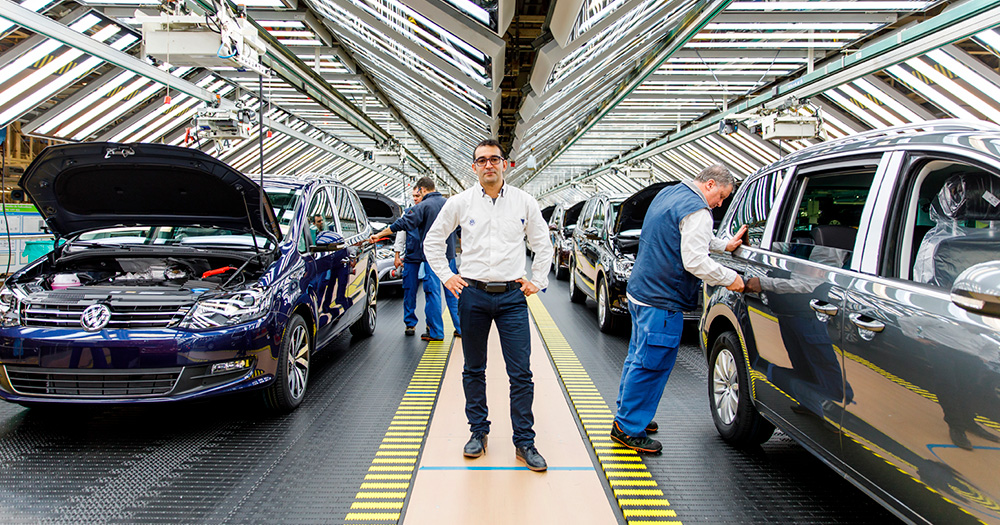
Volkswagen Autoeuropa, who is responsible for manufacturing iconic Volkswagen models such as the Scirocco and Sharan, and has yearly output levels of 100,000 cars, now uses 3D printing to revolutionize its workflow. The facility 3D prints manufacturing aids that are used daily on the assembly line. No longer having to rely on external suppliers for its tools, jigs, and fixtures greatly reduces the costs and shrinks lead times from several weeks to just a few days.
3D printed manufacturing aids
The case of Volkswagen Autoeuropa illustrates how 3D printing can be of great value to the automotive industry. While - traditionally - 3D printing used to be associated with creating prototypes, it has great potential for manufacturing businesses in creating custom tools, jigs, fixtures, and other manufacturing aids. With 3D printing, it's possible to create highly complex designs and make rapid revisions and amendments, without cost penalties or long lead times. The tools can be tailored to match exact requirements, making function and performance the main drivers of design - not cost or time.
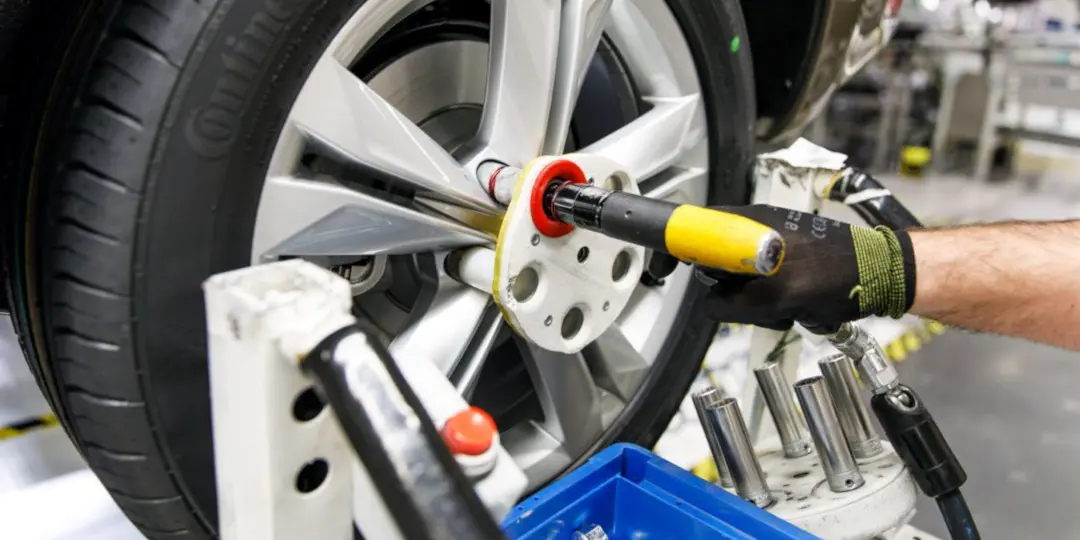
External suppliers
Prior to working with Ultimaker, Volkswagen Autoeuropa relied on external suppliers for its tools, jigs, and fixtures. These third party companies often took several weeks to process the mock-up and manufacture the tools in question. This considerably held up production, adversely affecting Volkswagen Autoeuropa’s workflow.
Outsourcing also proved to be expensive, particularly if any design amendments were required. When developing new manufacturing aids, Volkswagen Autoeuropa often needs to adopt a trial-and-error approach. This was not practical when working with other companies.
Saving time and money with 3D printing
After having validated the concept in 2014, Volkswagen Autoeuropa currently has 7 Ultimakers in operation and produces 93% of all externally manufactured tools in-house. The transition to 3D printing saved Volkswagen Autoeuropa 91% in tool development costs and reduced development time by 95%. As Luis Pascoa, Pilot Plant Manager at Volkswagen Autoeuropa explains:
Just by printing a handful of tools we can get back the initial investment.
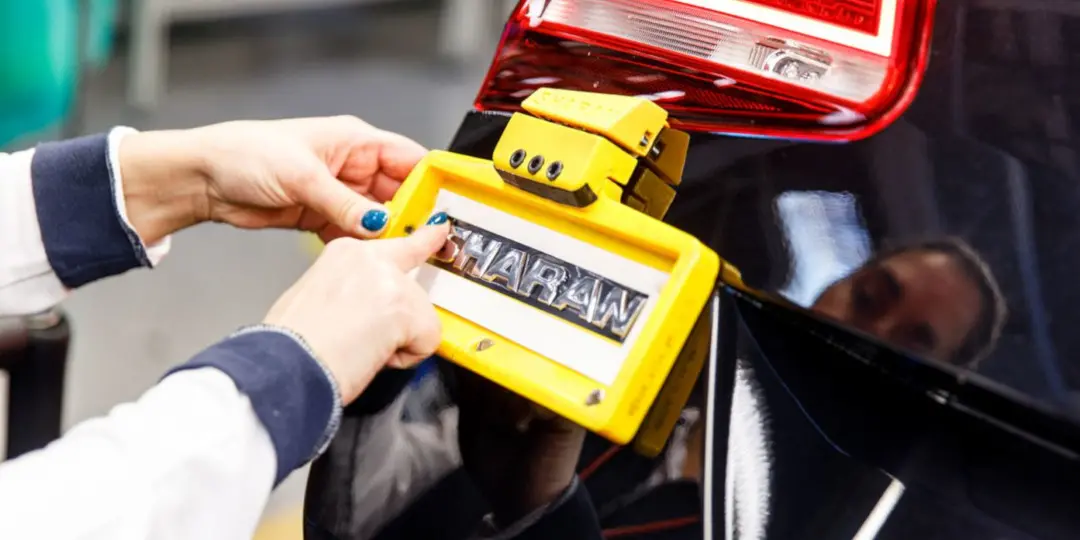
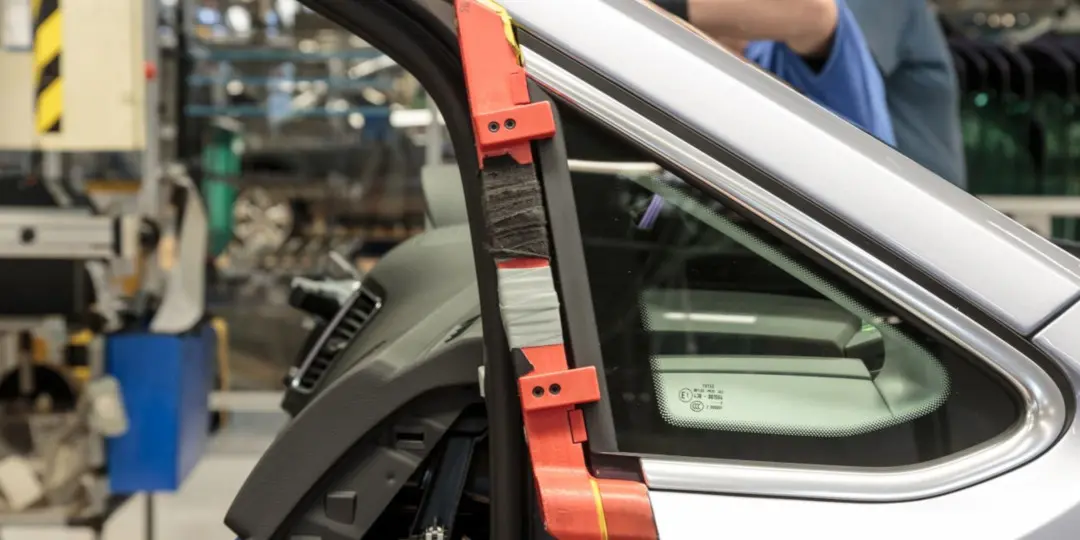
Over 2016, the facility saved an estimated €150,000 - a figure that is expected to increase to €250,000 in 2017. The initial investment in the Ultimaker machines was paid back fully in 2 months. On top of these time and cost savings, the 3D printed tools are more ergonomic and yield greater operator engagement as feedback can more easily be incorporated into design iterations - all adding up to unprecedented efficiency levels. The 3D printed tools Volkswagen Autoeuropa produces are considered best practice in the Volkswagen group.
Workflow changes
By producing the tools in-house, Volkswagen Autoeuropa can skip the purchasing department and has the ability to develop ideas for new or improved tools together with the operators. That was previously impossible as only a few ideas could actually be implemented in a timely manner.
A new tool can be printed overnight, and the next morning it is tested on the assembly line by the operators. Their feedback can be incorporated in consecutive design iterations until the perfect tool is made. This tool can then be printed as many times as needed and at low costs.
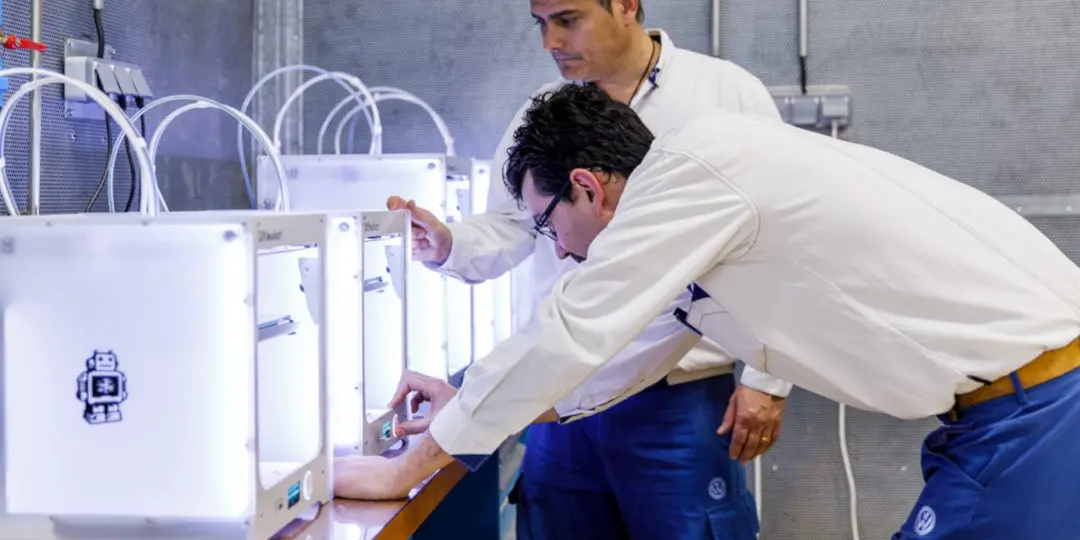
3D printing and manufacturing
3D printing offers the potential to revolutionize manufacturing. With a 3D printer in-house, prototypes, tools, and end-use parts can be made quickly and at a fraction of the costs of outsourcing. With desktop 3D printing, manufacturing companies can streamline their production and achieve greater efficiency than ever before. As Luis Pascoa argues;
The Ultimaker is a low-cost solution offering high-standard and quality results. If you consider the entire automotive industry, the potential is huge!
Volkswagen Autoeuropa clearly demonstrates how 3D printing can revolutionize the workflow in automotive companies.
In Same Category
- Krones: Optimized 3D-printed parts & spares for customers anywhere
- La stampa 3D nel settore farmaceutico
- Tre Zeta Group - 3D printing for the footwear sector
- Angelini Pharma: from research to production of personalized drugs thanks to 3D printing
- Nissan implements 3D printed tools, jigs and devices in its assembly lines
Related by Tags
- Krones: Optimized 3D-printed parts & spares for customers anywhere
- 3D printing for the production of sheet metal bending dies
- Bambu Lab X1E: multifilament 3D printing in industrial applications
- 3D printing for the Education and STEM disciplines: the FabLab Poliba experience
- Fireproof additive manufacturing: the benefits of flame retardant materials in modern industry
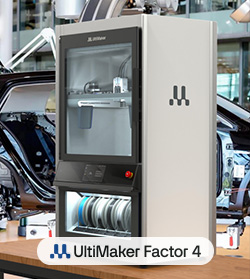






Leave your comment